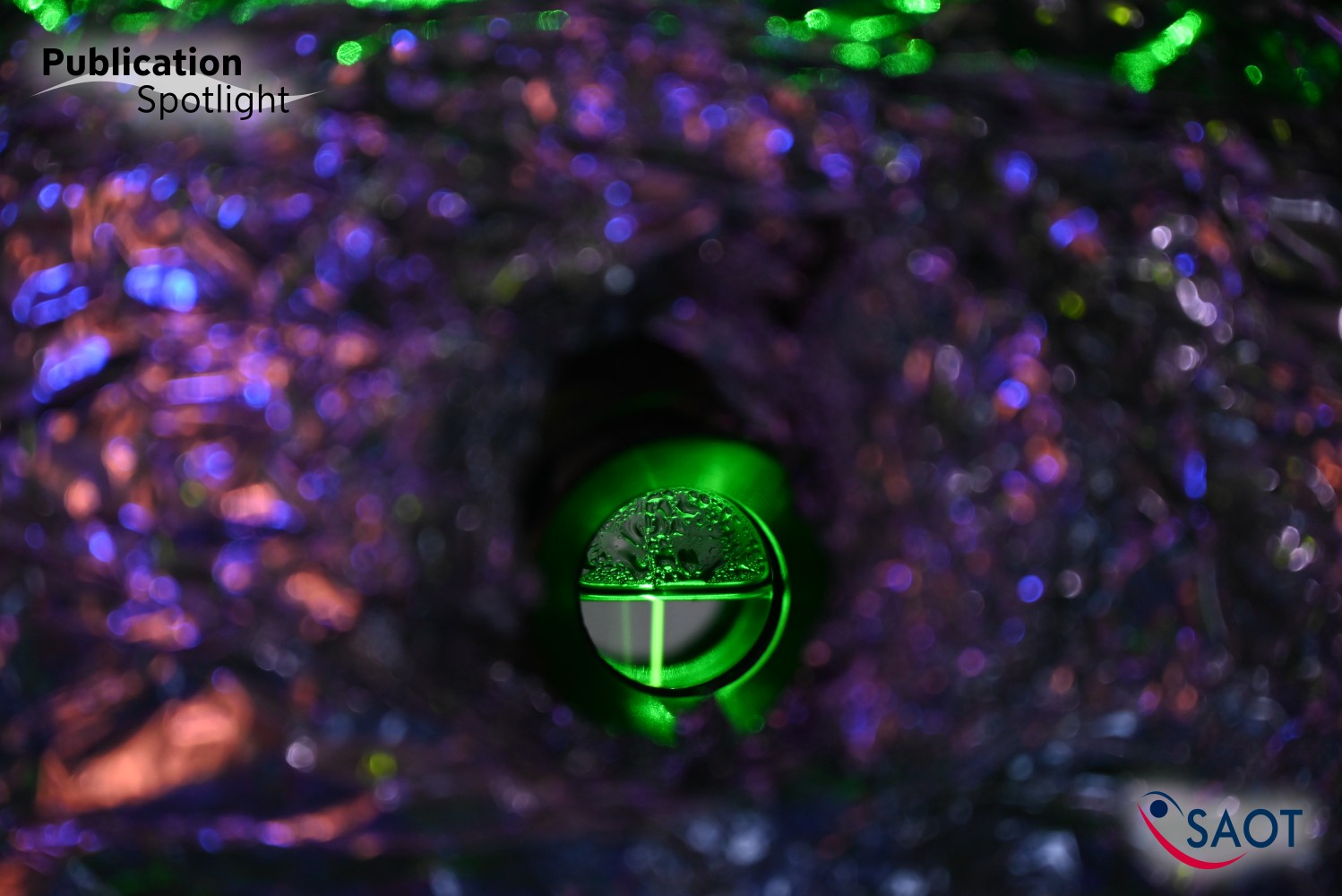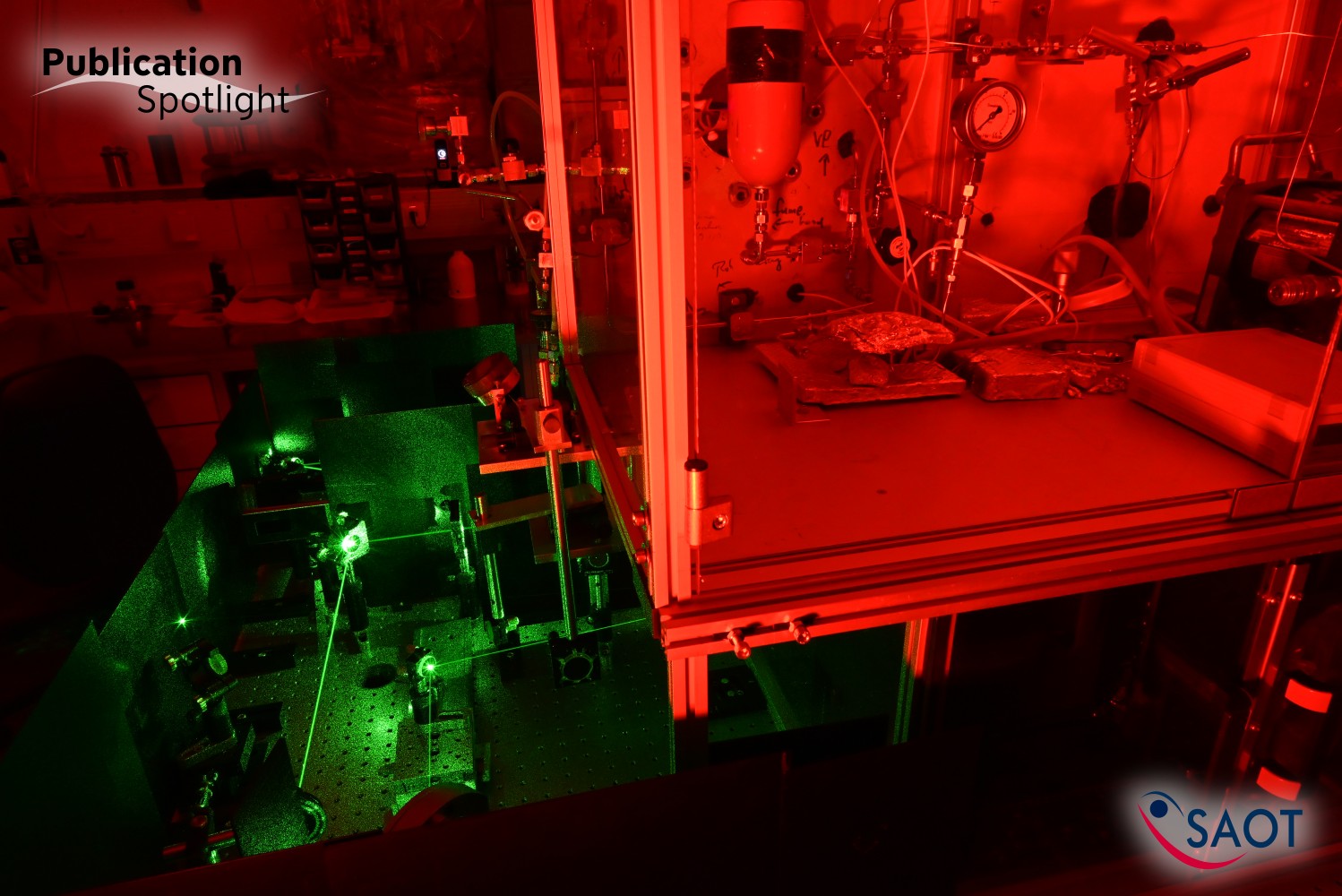Maximilian Piszko: Characterizing Mixtures and Melts
Thermoplastic foams are used in a broad variety of applications. The resulting foam properties are governed by the nucleation and bubble growth behavior, which are both strongly influenced by the thermophysical properties of the blowing-agent-loaded polymer melt. Especially knowledge on diffusion coefficients in corresponding mixtures is of importance for understanding and characterizing the kinetics of the bubble growth processes during foaming. In the study entitled “Mutual and Thermal Diffusivities in Polystyrene Melts with Dissolved Nitrogen by Dynamic Light Scattering”, Maximilian Piszko et al. demonstrated for the first time the applicability of dynamic light scattering for the characterization of molecular mass and thermal transport in binary mixtures consisting of a macromolecular polymer melt and a dissolved gas.
As part of an ongoing research project aiming to understand the influence of intermolecular interactions on diffusive mass transport in binary fluid mixtures consisting of a liquid solvent with a dissolved gas solute, Maximilian et al. further studied “Diffusivities in Binary Mixtures of n-Hexane or 1-Hexanol with Dissolved CH4, Ne, Kr, R143a, SF6, or R236fa Close to Infinite Dilution”. By applying dynamic light scattering, Raman spectroscopy, and molecular dynamics simulations, they could relate the observed diffusive behavior to interactions on a molecular scale depending on the physicochemical properties of the molecules involved.
Maximilian works at the Institute of Advanced Optical Technologies – Thermophysical Properties, his supervisor is Andreas Paul Fröba. The original publications can be found in Macromolecules and the Journal of Chemical & Engineering Data.


